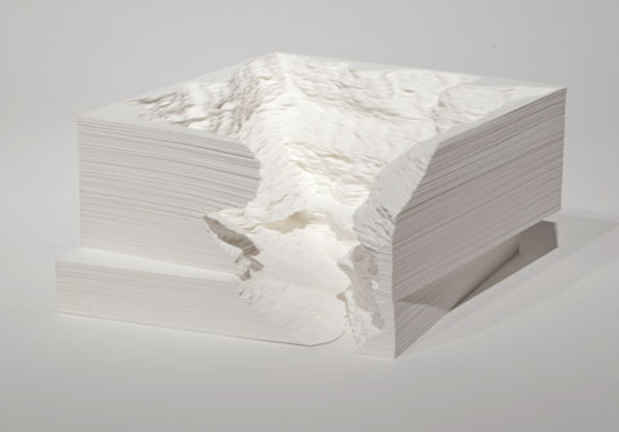"The Tiger and the Sunflower" Exhibition
Schroeder Romero & Shredder

This event has ended.
The Tiger and the Sunflower, a celebration of Japan's rich artistic history, showcasing early Japanese decorative art works and the contemporary art practices coming out of, and often working against, these traditions. Masterworks of Japanese ceramics (including Ko-Kutani, Imari, Nabeshima, Satsuma, and Arita wares), a 17th century samurai sword, an 18th century horsehair court hat, Edo and Meiji period paintings, clerical robes, a large Edo period tamba jar, lacquer wares, metalwork, cloisonné, ceremonial tea bowls, and Kokeshi dolls are exhibited alongside contemporary Japanese pieces by Noriko Ambe, Yoko Inoue, Izima Kaoru, Ken Matsubara, Yoshiyuki Miura, Yoshitomo Nara, Masami Teraoka, and Momoyo Torimitsu. In Japan, decorative arts objects transcend the mere vase on a shelf or the plate on a table; these objects are produced as physical extensions of a highly aestheticized culture, as a way of imbuing everyday objects with spiritual beliefs and social concerns. And contemporary Japanese art, though often embodying wildly divergent, non-traditional forms, is no different than the decorative arts in this way, especially when serving to critique the very notions of tradition.
The installation of the exhibition is based on aesthetic and conceptual links rather than an A to Z art historical timeline. The meticulously applied layers of lacquer on a 19th century box and Noriko Ambe's carefully hand-cut paper sculptures display not only repetition's meditative release, but the beauty found when repetition goes awry. Momoyo Torimitsu's overscale, inflatable bunny sculpture, which mocks Japan's pop culture cuteness, and Yoko Inoue's porcelain sculptures combining touristy good luck items and gaudy objects sold in temple fairs sit in contrast to the austere quietude of an earthy tea cup created in the shadows of the closed Edo period. Yoshiyuki Miura's sculptures made from rice and stone beautifully echo the delicate, intricate all-over painting of Satsuma wares. Ken Matsubara's videos of gently roiling images housed in antique Japanese boxes share an otherworldly, dream-like quality with a sometsuke painted blue and white deer with impossibly spindly legs suspended in the center of a 17th century Imari plate. Masami Teraoka's ukiyo-e inspired woodblocks depicting subjects such as fast food and the AIDS epidemic integrate a very traditional form with very contemporary concerns. Izima Kaoru's photographic depiction of the Buddhist practice of meditating on death as a way of reducing an attachment to life's distractions finds an aesthetic counterpart in a monumental 19th century Ko-Kutani vase depicting the glory, power, pride and utter terror of a growling tiger in a swirling landscape.
Even though The Tiger and the Sunflower has been over a year in the making, in light of the recent tragedies to strike Japan it is important to reemphasize and honor the enduring quality, resilient spirit, and singular vision of not only each piece on display, but of the people and culture of Japan as a whole.
[Image: Noriko Ambe "A Piece of Flat Globe Vol. 22" (2010) Cut Yupo 3 1/8 x 6 1/4 x 6 1/4 in.]
Media
Schedule
from June 30, 2011 to July 29, 2011
Opening Reception on 2011-06-30 from 18:00 to 20:00